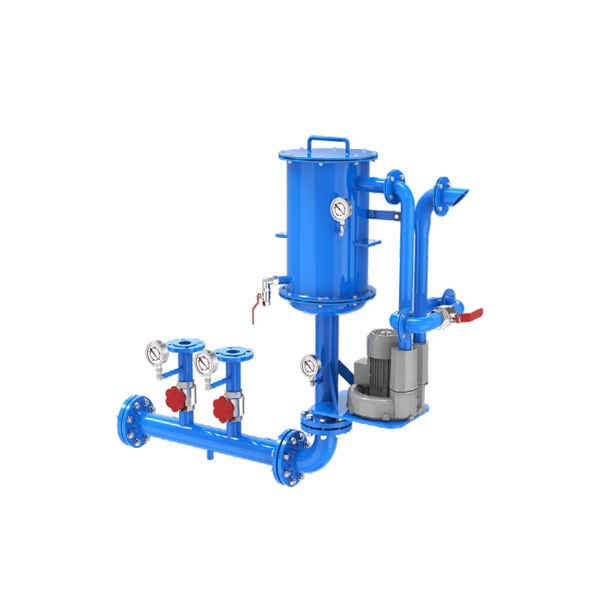Decoding the Hue: What the Color of a Healthy Spark Plug Reveals About Your Engine's Performance
3 min readWhen it comes to maintaining the health of your vehicle, few components are as critical as the spark plug. This small yet mighty part plays a pivotal role in the ignition process, ensuring that your engine runs smoothly and efficiently. However, many car owners overlook the importance of spark plug color, which can provide invaluable insights into engine performance and overall health. In this article, we will explore what the color of a healthy spark plug indicates, how to interpret different hues, and what actions to take based on your findings.
Understanding Spark Plug Functionality
Before diving into the significance of spark plug color, it’s essential to understand how spark plugs function. Spark plugs ignite the air-fuel mixture in the combustion chamber, creating the power needed to propel your vehicle. They operate under extreme conditions, facing high temperatures and pressures. Over time, spark plugs can wear out or become fouled, leading to performance issues. Regular inspection of spark plugs can help identify potential problems before they escalate.
The Color Spectrum of Spark Plugs
The color of a spark plug can tell you a lot about the combustion process occurring within your engine. Here’s a breakdown of the various colors you might encounter and what they signify:
- Light Tan or Gray: A healthy spark plug typically exhibits a light tan or gray color on the insulator. This hue indicates that the spark plug is functioning optimally, with the air-fuel mixture burning efficiently. This color suggests that the engine is running at the correct temperature and that the fuel mixture is balanced.
- White or Chalky: If you notice a white or chalky appearance on your spark plug, it may indicate that the engine is running too lean, meaning there is too much air and not enough fuel in the mixture. This condition can lead to overheating and potential engine damage if not addressed promptly. It’s advisable to check the fuel system and consider adjusting the air-fuel mixture.
- Black and Oily: A spark plug that appears black and oily is a sign of excessive fuel consumption or oil leaking into the combustion chamber. This could be due to worn piston rings, valve seals, or a malfunctioning fuel injector. Such conditions can lead to poor engine performance and should be investigated immediately.
- Fouled with Soot: A spark plug covered in soot indicates that the engine is running rich, meaning there is too much fuel in the mixture. This can result from a faulty fuel injector, a clogged air filter, or incorrect spark plug heat range. Running rich can lead to increased emissions and reduced fuel efficiency.
- Corroded or Rusty: Corrosion or rust on a spark plug can indicate moisture intrusion or a failure in the ignition system. This condition can lead to misfires and poor engine performance. It’s crucial to address any signs of corrosion to prevent further damage.
The Importance of Regular Inspection
Regular inspection of spark plugs is essential for maintaining engine health. Ideally, spark plugs should be checked every 30,000 miles, or as recommended by your vehicle’s manufacturer. During inspection, look for any discoloration or unusual wear patterns. If you notice any of the aforementioned colors, it’s crucial to take corrective action to prevent further issues.
Conclusion: Taking Action Based on Spark Plug Color
Understanding the color of your spark plugs is a vital aspect of vehicle maintenance. By regularly inspecting your spark plugs and interpreting their color, you can gain insights into your engine’s performance and address potential issues before they escalate. Whether it’s adjusting the air-fuel mixture, replacing faulty components, or simply replacing worn spark plugs, proactive measures can save you time and money in the long run.

